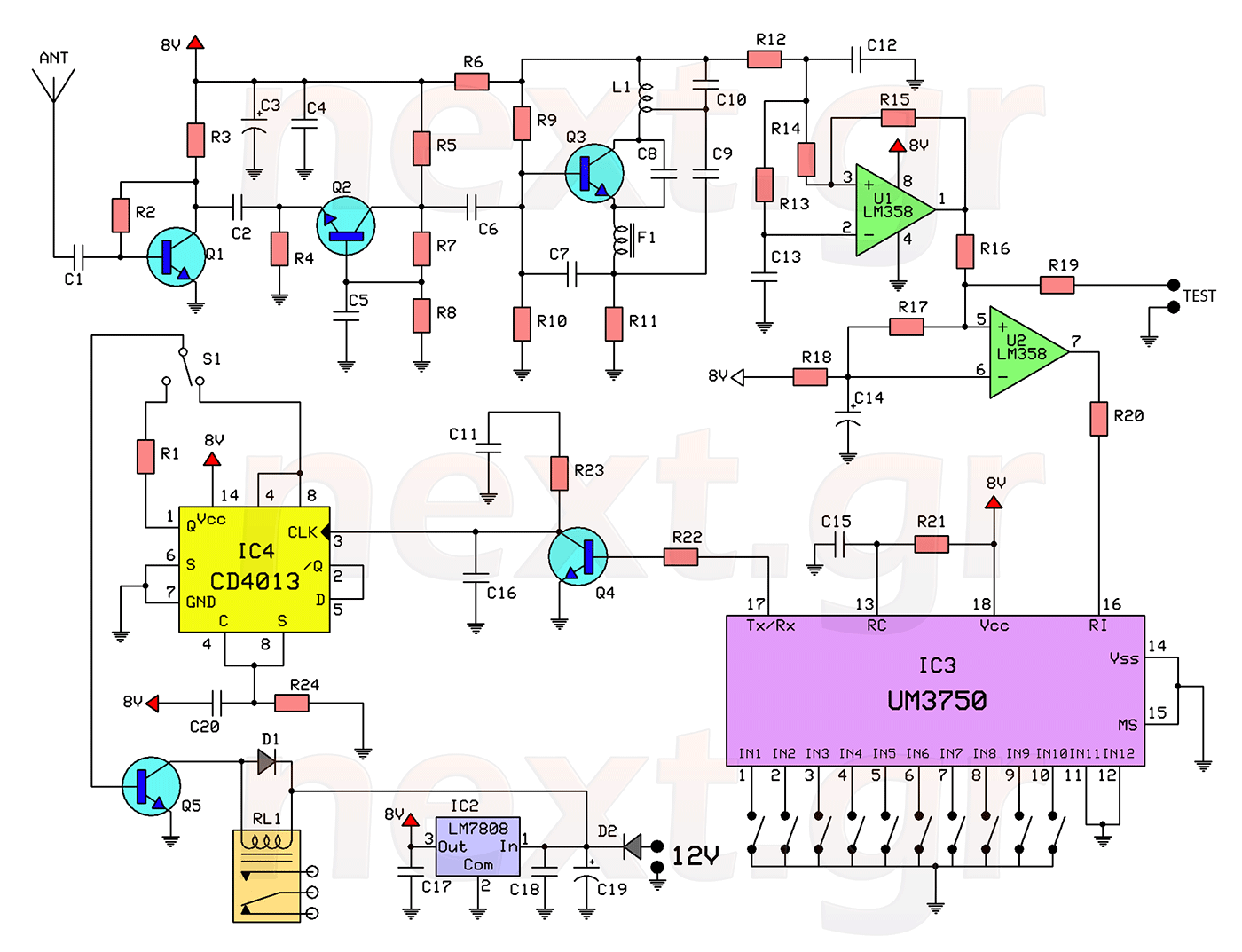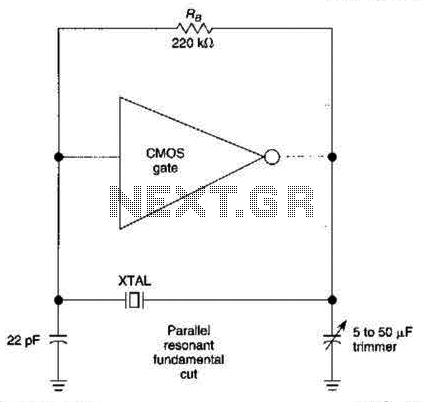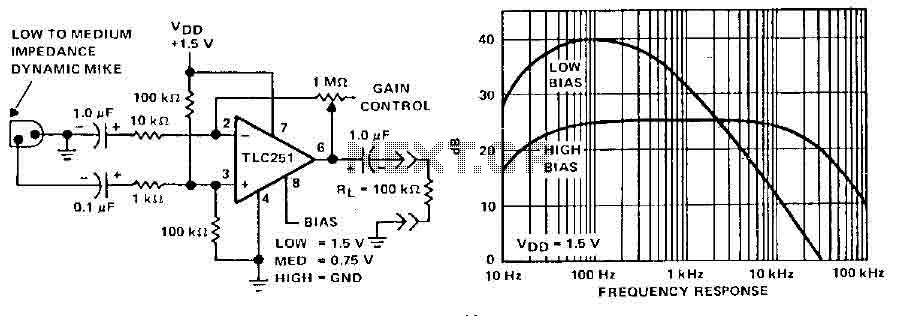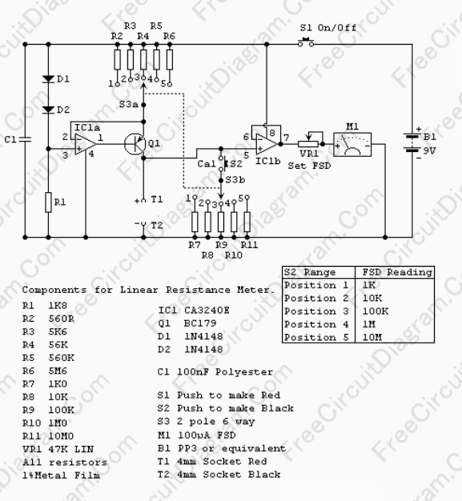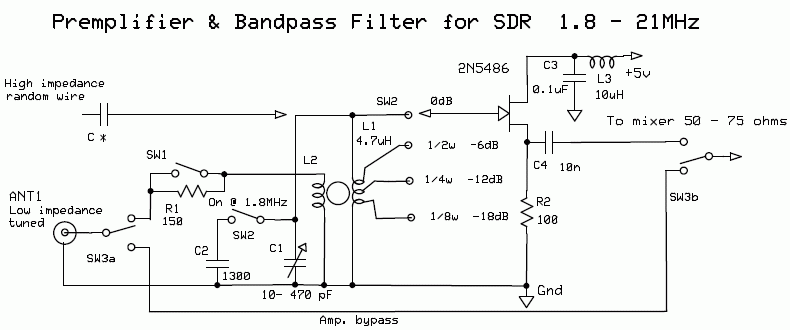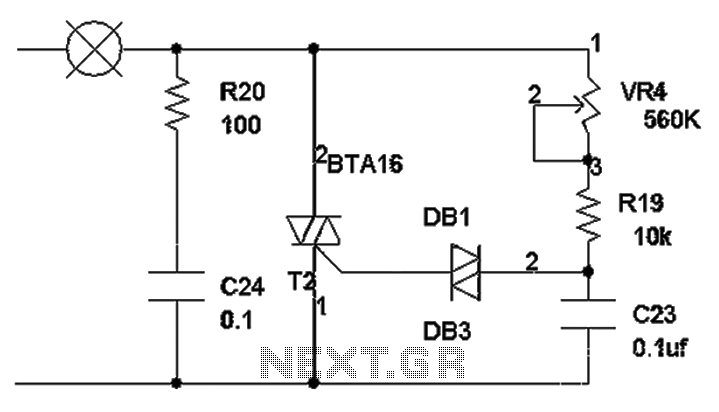
Audio power amplifier circuit using Hi Fi audio amplifier IC TDA2613
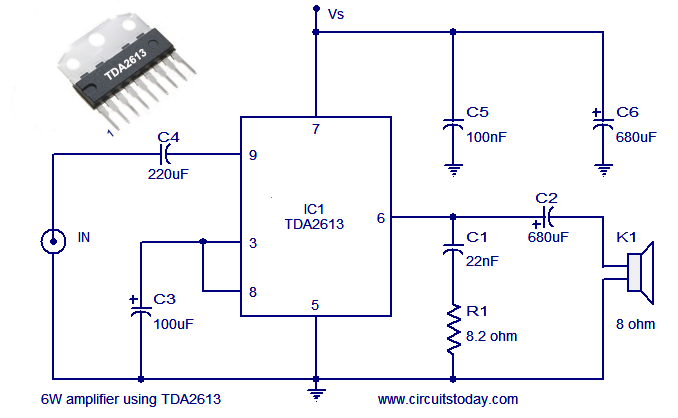
A simple and easy-to-build Hi-Fi audio power amplifier circuit is presented here. This 6-watt Hi-Fi audio amplifier circuit utilizes the TDA2613 integrated circuit (IC).
The circuit design employs the TDA2613, which is a high-performance audio amplifier IC known for its efficiency and sound quality. It is capable of delivering up to 6 watts of output power, making it suitable for driving small speakers in various audio applications. The TDA2613 features built-in thermal protection and short-circuit protection, enhancing the reliability of the amplifier.
The basic configuration of the circuit includes the TDA2613 connected to a power supply, typically ranging from 12V to 18V, depending on the desired output power and speaker impedance. Input audio signals are fed into the amplifier through capacitors that block any DC offset, ensuring only the AC audio signal is amplified. The output stage of the amplifier is designed to drive a load, such as an 8-ohm speaker, providing clear and dynamic sound reproduction.
Additional components in the circuit may include resistors for gain adjustment, capacitors for filtering and stability, and a heat sink attached to the TDA2613 to dissipate heat generated during operation. Proper layout and grounding techniques are essential to minimize noise and ensure optimal performance of the amplifier.
This Hi-Fi audio amplifier circuit is ideal for hobbyists and audio enthusiasts looking to build a compact and efficient amplifier for personal audio projects.A simple and easy to build Hi Fi audio power amplifier circuit is shown here. This 6 watt hi Fi audio amplifier circuit uses TDA2613 IC.. 🔗 External reference
The circuit design employs the TDA2613, which is a high-performance audio amplifier IC known for its efficiency and sound quality. It is capable of delivering up to 6 watts of output power, making it suitable for driving small speakers in various audio applications. The TDA2613 features built-in thermal protection and short-circuit protection, enhancing the reliability of the amplifier.
The basic configuration of the circuit includes the TDA2613 connected to a power supply, typically ranging from 12V to 18V, depending on the desired output power and speaker impedance. Input audio signals are fed into the amplifier through capacitors that block any DC offset, ensuring only the AC audio signal is amplified. The output stage of the amplifier is designed to drive a load, such as an 8-ohm speaker, providing clear and dynamic sound reproduction.
Additional components in the circuit may include resistors for gain adjustment, capacitors for filtering and stability, and a heat sink attached to the TDA2613 to dissipate heat generated during operation. Proper layout and grounding techniques are essential to minimize noise and ensure optimal performance of the amplifier.
This Hi-Fi audio amplifier circuit is ideal for hobbyists and audio enthusiasts looking to build a compact and efficient amplifier for personal audio projects.A simple and easy to build Hi Fi audio power amplifier circuit is shown here. This 6 watt hi Fi audio amplifier circuit uses TDA2613 IC.. 🔗 External reference
